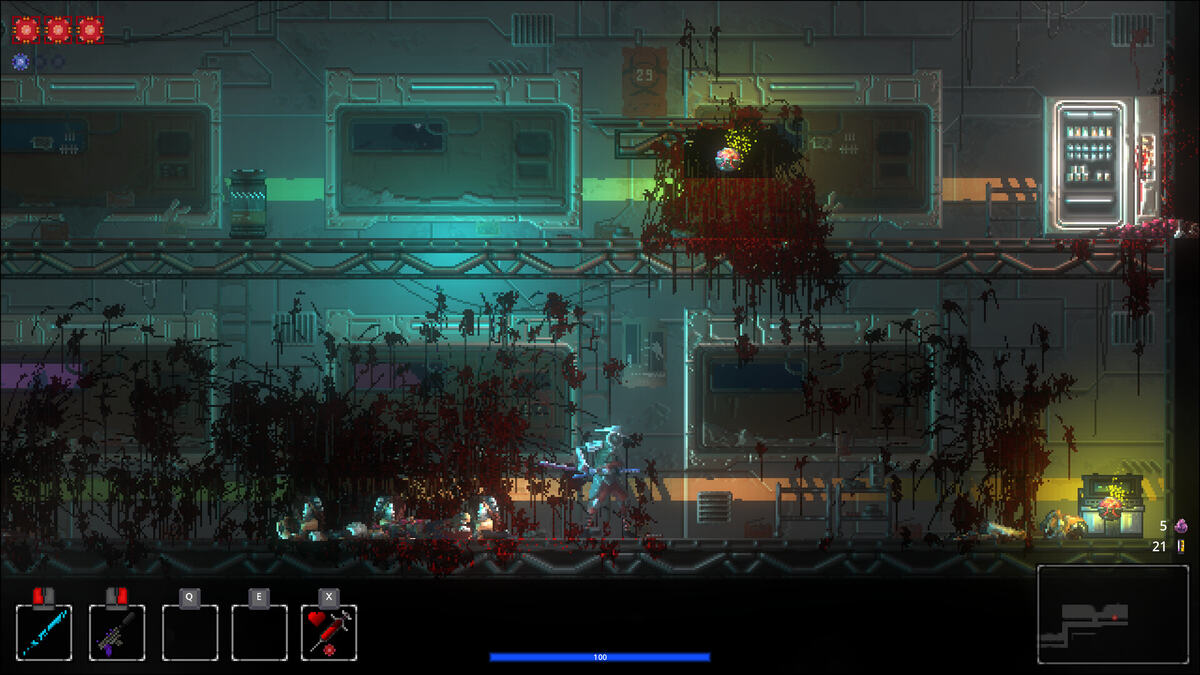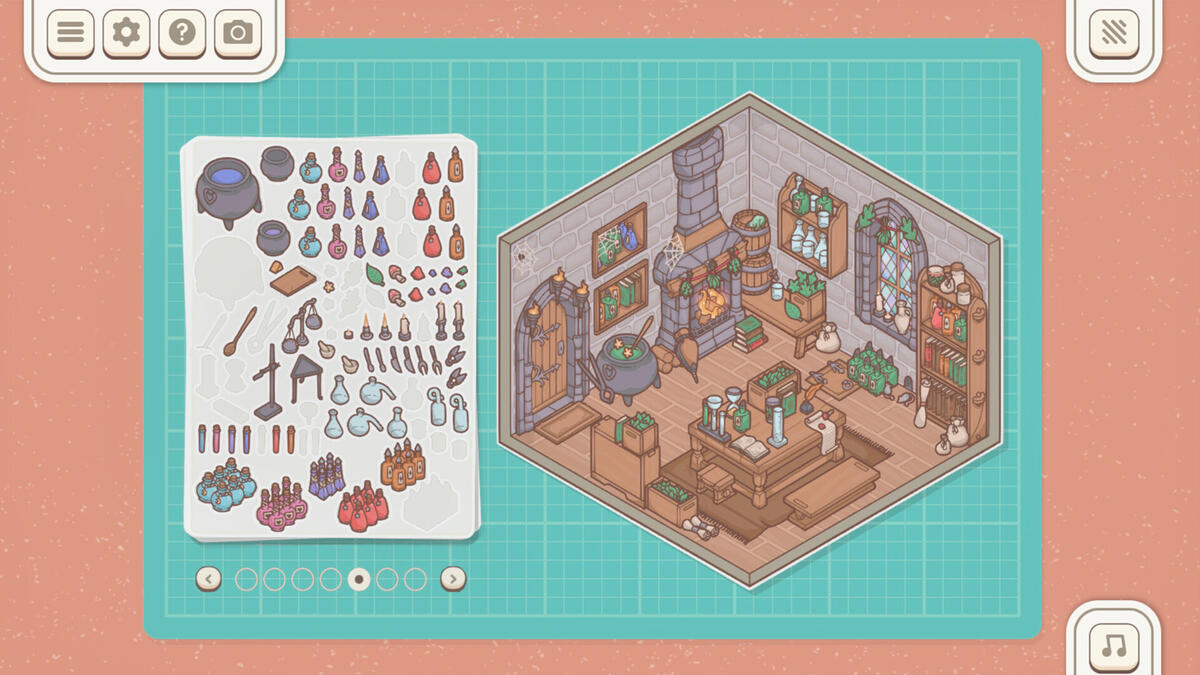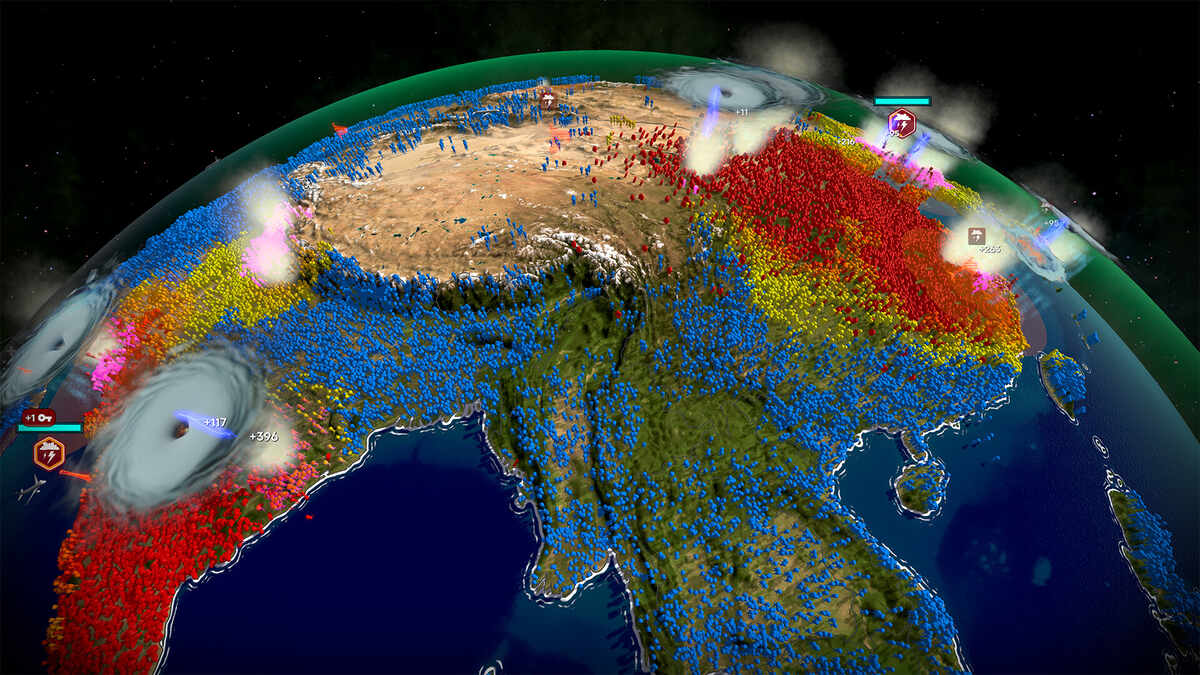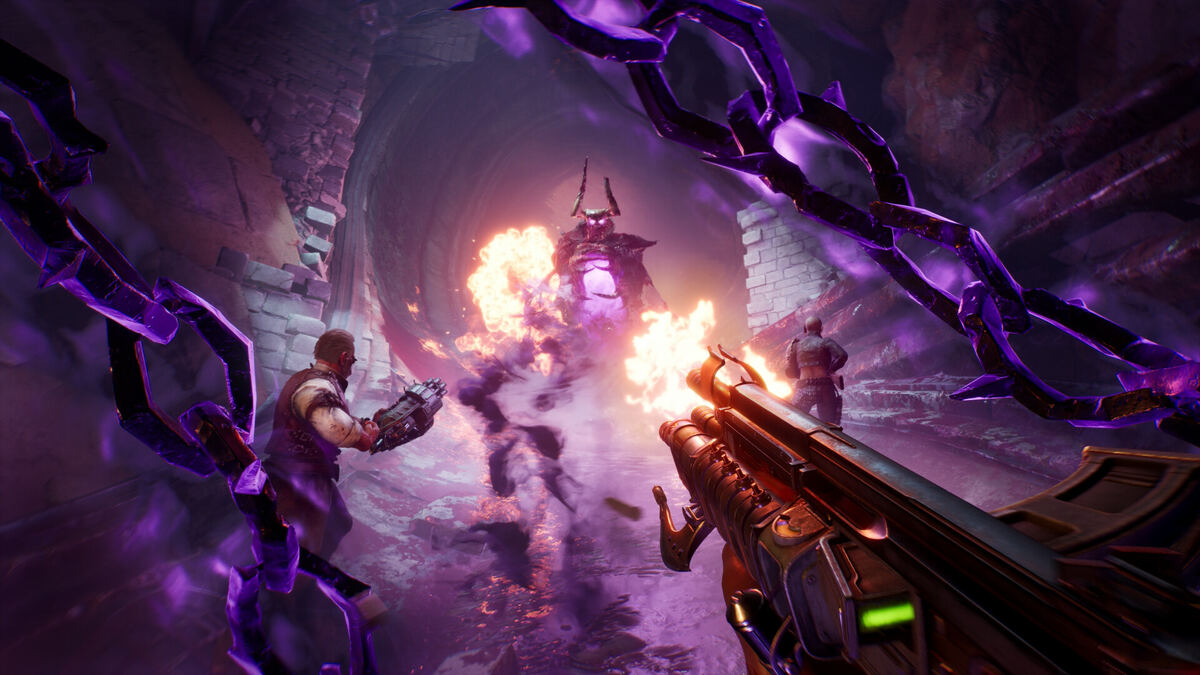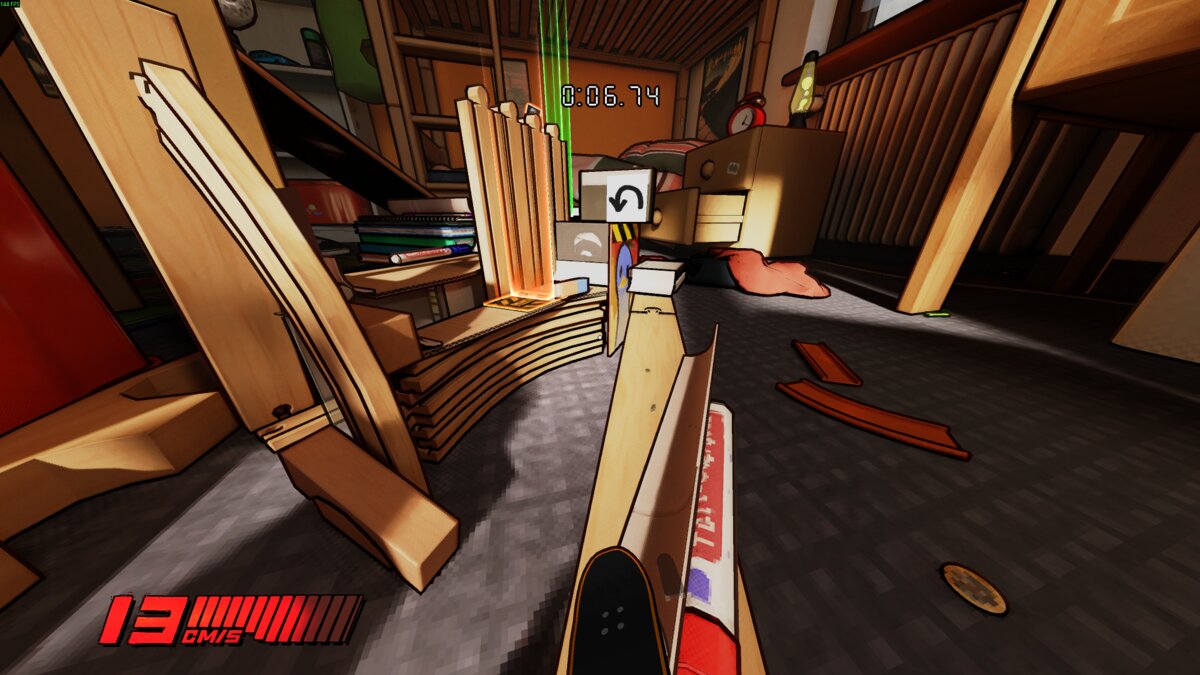You can trust VideoGamer. Our team of gaming experts spend hours testing and reviewing the latest games, to ensure you're reading the most comprehensive guide possible. Rest assured, all imagery and advice is unique and original. Check out how we test and review games here
Enslaved’s protagonist is called Monkey. The game is loosely based off the old TV show Monkey, you see? That’s sort of developer Ninja Theory’s inspiration, along with a sixteenth-century Japanese text that Monkey itself was based on. The common themes across all three are those ever-desirable notions of freedom, adventure and rebellion. But instead of looking to the past, Ninja Theory is eyeing up the future – the far future, to be precise, where humanity has finally done itself in with that big self-destructive war we’re inevitably spiralling towards. Whoopsadaisy.
Ninja Theory describes Enslaved’s setting as a post-post-apocalyptic world, insinuating that the shattered remnants of society have recovered to a point of normality. It’s a luscious land of natural growth where asphalt, brick and concrete have been buried, spiralling trees have emerged out of collapsed buildings and creeping vines consume wreckages on abandoned roads. Like peeling through layers of wallpaper in an old house, glimmers of the past occasionally shine through the verdant foliage: adverts for cars and beer poke through crisp leaves and twisted branches, hinting towards the kind of society we all know and love, and to a backstory that may or may not be revealed as the game progresses.
You leap, bound and hop across the land as Monkey, who certainly lives up to his simian handle; his sash belt is even far too long (perhaps he recently lost a lot of weight) which means it billows behind him and looks a bit like a tail. He’s a big, gruff brute of a man, perhaps closer to a hulking gorilla, flinging his weight around and jabbing his elbows into the air behind him as he runs, the camera focusing on his gurning mug as he successfully batters into submission the last enemy in each pack of opponents.
He attacks up close and personal, performing standard (X, X, Y) melee combo attacks to dish out the most damage. Combat is all about closing ground on your enemies, and later levels force you to hoof over the environment before you’re close enough to attack.
He’s not the svelte Nathan Drake, basically, though he’s just as nippy and has similar animations. After a few minutes you’ll realise you’re not looking at a disciple of Nolan North, but are instead staring into the eyes of a ultra-buff Andy Serkis, complete with rippling abs, treetrunk thighs and biceps so large there’s a good chance they have their own postcode. Serkis’ exemplary contortionist skills have been put to good use in performance capturing Monkey’s impressive array of animations. By combining his delicate acting nuance with suitably grunty voice acting, Serkis has helped create a gentle giant of few words but plenty of emotions: the kind of guy that won’t start a fight but will happily finish one.
Then there’s Trip, Monkey’s captor and probable love interest, who bears more than a passing similarity to Nariko – or “that girl what was in Heavenly Sword” – and who complements Monkey’s brawn with all kinds of technical know-how and computer wizardry. There’s plenty of opportunity to gawp at her fiery red hair and doe-eyed bleating too, which will come in handy for the story when she inevitably gets kidnapped or lands into some kind of other perilous situation. Probably.
You’ll be doing your best to avoid that, though, because Trip has jerry-rigged Monkey to a headband that will kill him if she finds herself in a terminal condition – which explains Monkey’s curt manner and their awkward relationship at the start of the game. As their relationship develops, and when Trip realises that her computer hacking skills might not be enough to take on swarms of robots hell-bent on extinguishing human life, she realises that she’ll need to rely on Monkey’s more direct manner of dealing with problems head, fist and boot-first.
It’s the relationship between Monkey and Trip that promises to be Enslaved’s most significant feature: Monkey (who you control) must work together with Trip to progress through the myriad of obstacles, puzzles and mechs that litter their path. It’s kind of like Ico meets Uncharted, a comparison that Ninja Theory co-founder Tameem Antoniades is more than happy to encourage – they’re two of his favourite games, apparently. Let’s be honest, there are certainly worse games to be inspired by.
You don’t control Trip directly (unless Ninja Theory sneak it in as a bonus level) but you can instruct her, via a radial menu, to perform various commands – such as not running headfirst into that hail of bullets around the corner. Trip can distract enemies by conjuring up some fancy holograms; Monkey, alternatively, can distract enemies by waving his arms and shouting.
As the game starts, Monkey finds himself on an airship that’s about to crash. It’s a good opportunity for Ninja Theory to literally start with a bang, creating a grandiose set piece designed to yank you into the game world, though its success comes from trying to suck Monkey out of the ship.
It also sets up the thematic contrast between technology and nature. As the craft plummets, its metal foundations wrench and lurch as the nuts and bolts of the ship fall out to reveal a deep blue sky, which is all quite gorgeous until you realise Monkey’s feet are giving way and he’s tumbling out into the air. He grabs onto something and pulls himself to safety, of course, but it’s a nice little moment and a bit of aesthetic flair that helps spur you onwards.
Corridors in the ship are peppered with production lines of robot nasties, but only two or three jump out at any one time – it’s probably a good thing they don’t decide to all switch on at once. Monkey can’t do much until he recovers his equipment – notably his retractable bo staff – from the ship’s storage deck, and then it’s just a simple case of breaking the robots into piles of scrap as you ferret out an escape pod.
Things get more hectic when Monkey finds out Trip (the pair haven’t formally met yet) has nicked off with the last escape pod, and under no circumstances will she let him inside. Crikey. The only way to catch up with her is to nip out of the ship and jump around its hull as it falls perilously close to the ground – it even bumps into the Statue of Liberty on the way down. It’s all quite exciting to watch, and while the jumping is hardly taxing – you wouldn’t expect the game to throw you finger-straining leaps at this stage in the game – there’s never a dull moment.
After about five minutes of bounding and climbing, Monkey manages to land on top of the pod just as it’s taking off, though Trip hasn’t changed her mind about letting him inside. This means Monkey in for a very bumpy landing when the craft hits the ground, and when he wakes up he finds out she’s strapped that pesky headband on his noggin.
What we see next isn’t mechanical or technological and, thankfully it’s not hurtling towards the ground either. It’s the world as it has become: bright and green and beautiful but, unfortunately, still riddled with dormant mines and ‘kill everything fleshy’ mechs, lying dormant from previous conflicts.
It’s a promising start, and Enslaved definitely leaves a very positive first impression. Where Ninja Theory will take the game, however, is another question. Judging by the amount of time, money and effort they’ve invested in the storyline – even hiring venerable book scribe Alex Garland to co-write the game – we should at least expect the narrative to be solid, but whether Ninja Theory can successfully juggle the intended nuance of their plot with the pacing of their level design is yet to be seen. Enslaved is an ambitious game, combining together elements of Uncharted, Another World and Ico, and it’s certainly one I’m going to be keeping my eye on.
Enslaved: Odyssey to the West
- Platform(s): PC, PlayStation 3, Xbox 360
- Genre(s): Action, Adventure

/https://oimg.videogamer.com/images/c4b1/enslaved_72.jpg)


